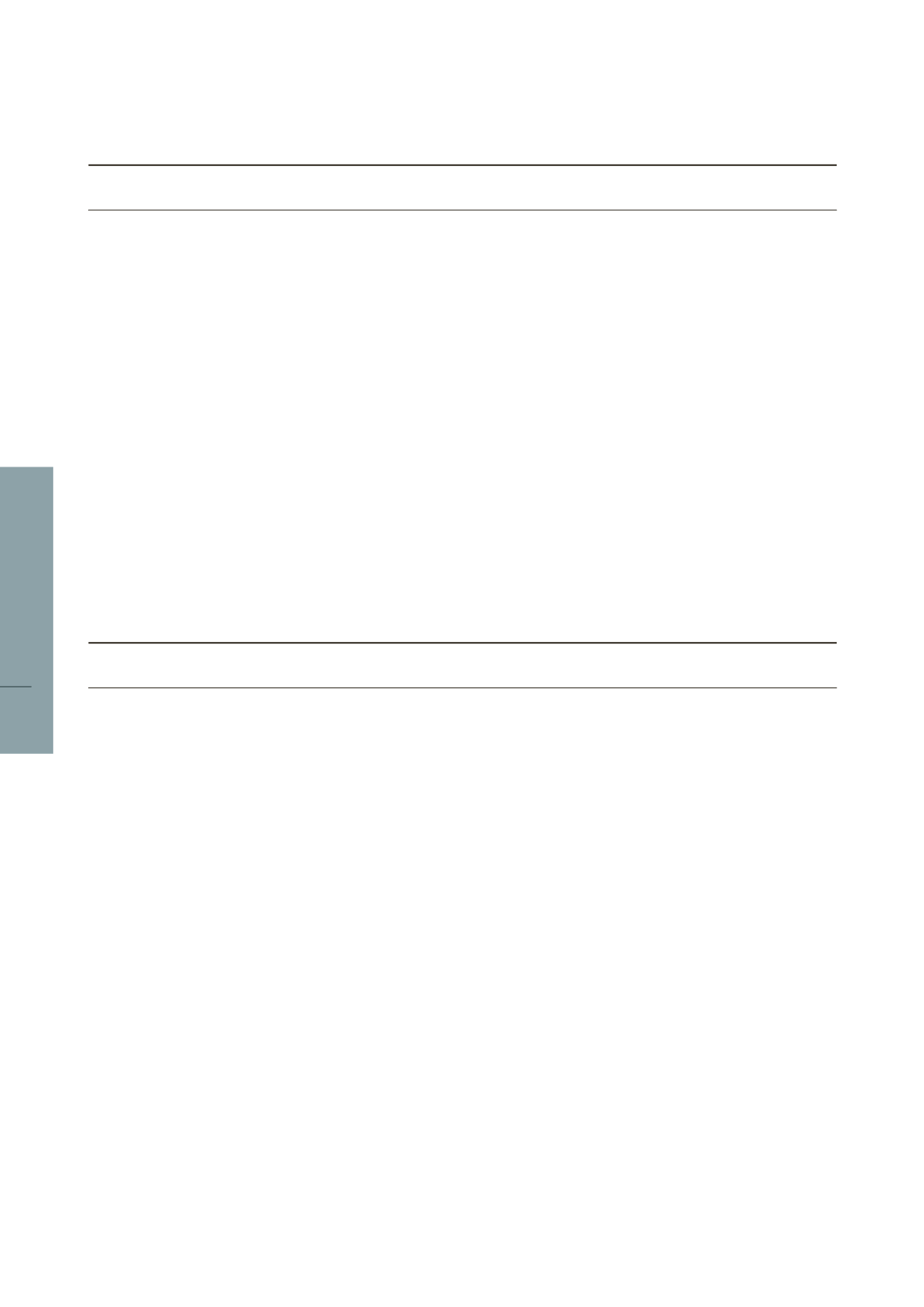

92
LISI 2017 FINANCIAL REPORT
RISK FACTORS
5
1
I
RISK MANAGEMENT
1.1
I
FOLLOWING COSO GUIDELINES
Since 2004, the Group has been mapping risks in line with COSO
guidelines. More recently it has also been drawing upon the provisions
of Article L.225-37 of the French Commercial Code on financial security
and the recommendations of the French financial market authority,
the AMF. Having identified and listed risks at the level of each individual
unit (production or distribution sites) the Group consolidated all of the
risks to which it is exposed in a matrix showing occurrence probability
and severity rate. A “top down” approach is then used to prioritize risks.
A periodically reviewed action plan is set up for each substantial risk
identified and, where needed or at the same time, a proactive preventive
approach, insurance, accounting provision or an operating decision.
1.2
I
CLOSE COOPERATION WITH INSURERS
The consistency of the relationship with insurers and risk classification
has helped to structure the Group's prevention approach. Thus, all of the
insurers' recommendations regarding damage to property are included
in the Environmental Safety Improvement Plans and are subject to
periodic monitoring by the Risk Monitoring Committee. Our insurers
revisit a number of sites each year, looking both at damage to assets
and environmental risks, and then present their recommendations
which enhance our action plan. Since 2002, all the significant sites
were audited several times. This ongoing improvement initiative
is improving our prevention policy and enables us to optimize our
insurance premiums. As such, no major damage has been observed for
years and the loss ratio has been improving significantly regarding the
property damage policy.
1.3
I
DRAWING UP ACTION PLANS
The action plans for safety/environment/prevention identified within
the Group allow for a synthesis of hazard identification on the one hand,
the preventive approach on the other, and finally asset preservation
and control of operations within the Group. The program is coordinated
by the head company of the LISI Group in the areas of HSE, internal
controls, finance and cash flowmanagement.
2
I
INFORMATION ON ISSUER RISKS
In an approachmeant to analyze the general and specific risks the Group
is exposed to, the following categories have been identified:
■■
operating risks;
■■
strategic risks;
■■
environmental risks;
■■
legal risks;
■■
IT-related risks;
■■
credit, liquidity, market and currency risks (see note 2.4);
■■
other risks.
LISI is not exposed to any risk linked to the sovereign debt crisis in
certain countries that display contrasting growth prospects.
2.1
I
OPERATING RISKS
2.1.1 Exposure to risks of natural disaster or industrial action
Like any other company, the LISI Group could be disrupted by industrial
strike action or natural disasters such as earthquakes, flooding, or
even pandemics. Such events could negatively affect Group sales
revenue or cause a substantial increase in expenses required to cover
systemmaintenance or repair. However, thanks to the diversity of these
sites (47), no more than 10% of the LISI Group’s overall activity can be
exposed given that the dispersion of the geographic footprint shows
that the destruction of the largest site could not concernmore than 10%
of the Group’s total sales revenue and margin.
2.1.2 Acquisitions
In order to manage any risks related to the integration of newly-
acquired companies and to ensure the transferal of Group management
principles, the LISI Group’s policy is to acquire a total or at least strong
majority controlling stake in the capital of any potential acquisitions. Any
substantial acquisition or sale plan is subject to approval by the Board
of Directors. All the Group’s acquisitions are the subject of an in-depth
audit of the risk areas at the target company. Generally speaking, the
Group sets up mixed teams with internal and external experts. With the
exception of “Ankit”, a joint venture partner in India, the Group has a very
large majority holding in all these units and 100% in the majority.
2.2
I
STRATEGIC RISKS
These risks are identified as major risks likely to compromise durably
the completion of the strategic plan as described in paragraph 1.1. All
identified risks which are classified in the “HIGH RISK” category of
occurrence are the subject of insurance coverage (cf. paragraph 3)
or of a corrective action plan and are treated as a priority by the
managements of the various divisions.


















